
Nov 1, 2021 · The pesticide analysis techniques must respond to the regulations issued regarding the definition of the chemical state of internal surface waters. In particular, Legislative Decree 172/2015 [17], which amends the previous Legislative Decree 260/2010 [18], defines the technical criteria for identifying and characterising the water bodies.
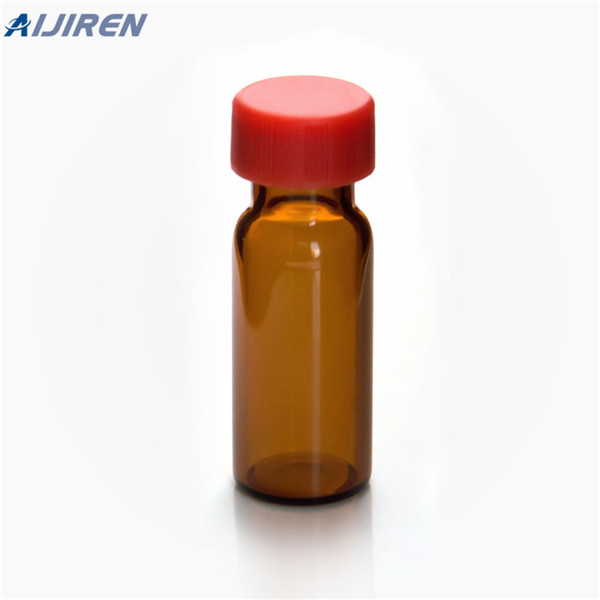
into a 2 mL HPLC vial and acidified with 1 µL of concentrated formic acid, for a final concentration of 0.1% formic acid. Each vial was then capped and briefly vortexed. Standard preparation Individual stock solutions of AMPA, Glyphosate, Glufosinate, MPPA, HEPA, NAG, Fosetyl, and Ethephon were prepared in 15 mL polypropylene tubes
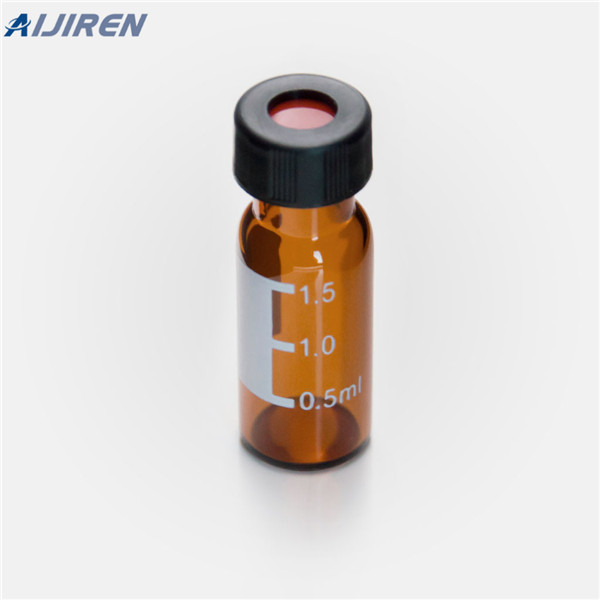
residue limits (MRL) of pesticides in different products of plant and animal origin. This presents a significant analytical challenge with respect to the low limits of quantification (LOQ) required for some specified food matrices. A variety of GC and HPLC methods have been developed for multi-residue determination of pesticides
.jpg)
May 19, 2020 · A sensitive and readily deployable analytical method has been reported for the simultaneous analysis of pirimicarb (PRM) and fenitrothion (FEN) pesticide residues in environmental water samples using fabric phase sorptive extraction (FPSE) followed by high-performance liquid chromatography combined with photodiode array (HPLC-PDA) detector. Both pesticides were successfully determined with a
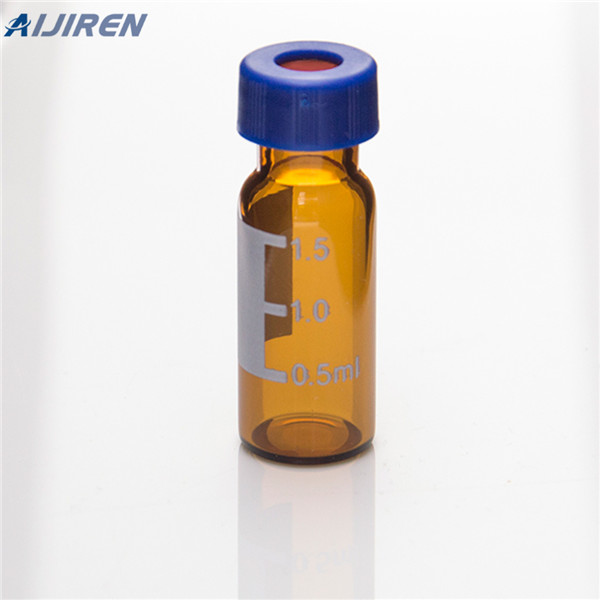
Sample preparation for pesticide and mycotoxin analysis. Analysis of pesticide and mycotoxin residues in cannabis have proven challenging because of the complex matrix composition of oils, carbohydrates, resins, terpenes, and cannabinoids. Spectral data of pesticide residues show substantial interferences from coextracted matrix components.
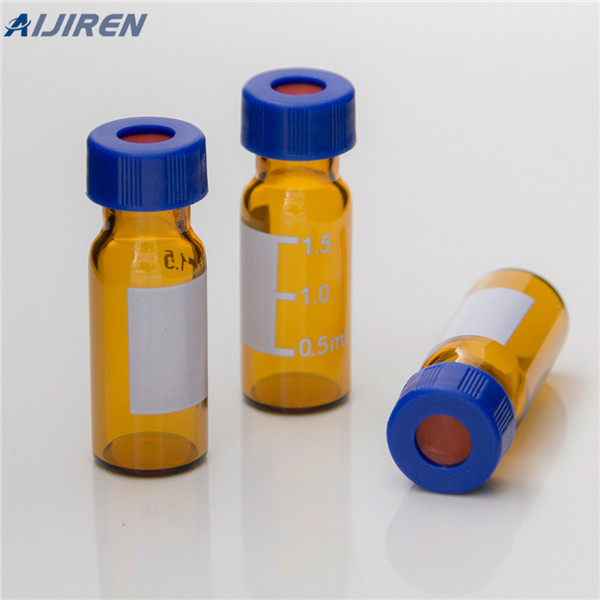
Dec 13, 2021 · Background Pesticide testing for hemp has traditionally focused on techniques like QuEChERS with dSPE and SPE which demand time-consuming sample preparation, typically resulting in poor recovery rates for some pesticides, and requires the use of both LC-MS/MS and GC-MS/MS based instruments to cover the analysis for all regulated pesticides. In this study, we describe a streamlined approach for
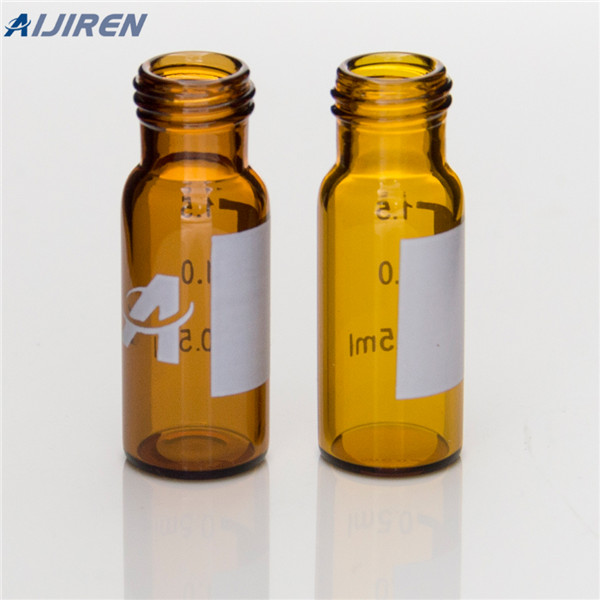
Oct 24, 2022 · In the same way, the polarity of molecules affects the resolution in HPLC. That, and also the composition of the mobile phase. 4. Columns. HPLC columns are short, wide, and made with tightly packed material. In contrast, GC columns are long and narrow and come in two general types. Packed columns. Capillary columns.
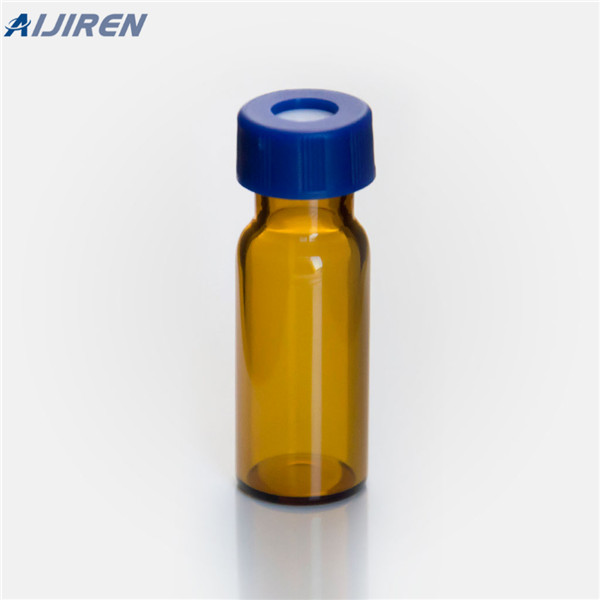
For green tea samples, 82% of the pesticide recoveries at 10 ppb and 92% at 100 ppb were between 70 and 120%. For black tea samples, 76% of the pesticide recoveries at 10 ppb and 88% at 100 ppb were between 70 and 120%. As shown in Figure 3, this was accompanied with a relatively low number of pesticide recoveries below 50% and some nondetected

HPLC combined with UV or MS detection is the primary technique used for potency analysis of commercial cannabis and hemp. Superficially porous/Fused Core ® C18 and C8 columns provide rapid high-resolution separations of cannabinoids in under 10 min. Monolithic columns provide ruggedness for high throughput applications.
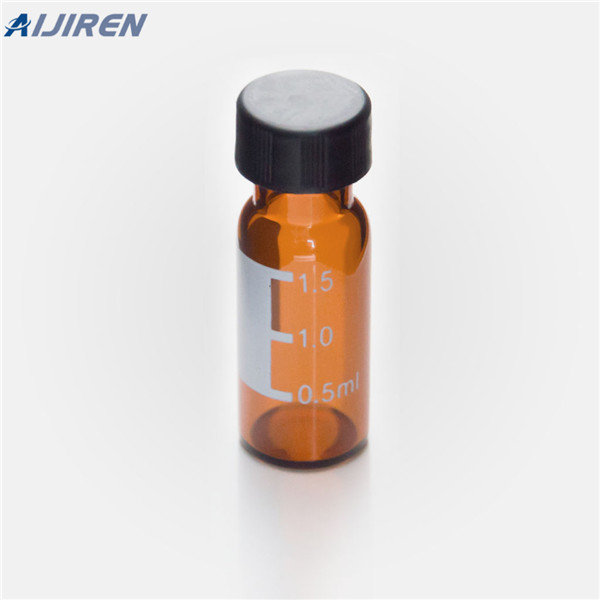
The working solutions were prepared adding the 138 pesticides used for the validation method at two concentrations as follows: FORT LOW: Pesticides at 1 µg/ml acetonitrile FORT HIGH: Pesticides at 10 µg/ml acetonitrile 5.3 Extraction Pesticides analysed by HPLC-MS/MS 1. Weigh 10 g ± 0.1g sample in 50 mL centrifuge tube 2.

Jan 1, 2019 · High-performance liquid chromatography (HPLC) is a powerful tool for product composition testing and quality controlling. HPLC has become an important means to improve food quality and food traceability, and to understand the bioactivity of food and food ingredients in the food industry. For food analysis and food quality evaluation, HPLC
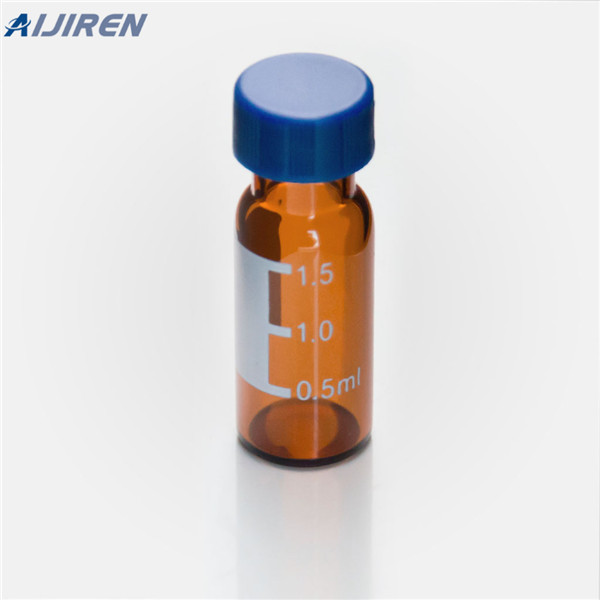
Hemp Testing Laboratory Solutions Brochure. The twelve-page cannabis brochure and hemp brochure provide a general overview of potency testing, terpene profiling, pesticide analysis, residual solvents, heavy metals and moisture content. From balances to HPLCs and GCMS, Shimadzu has you covered!

Feb 22, 2023 · A modified, quick, easy, cheap, effective, rugged, and safe (QuEChERS) extraction procedure combined with sonication and Ultra-High Performance Liquid Chromatography–Orbitrap-Mass Spectrometry (UHPLC–Orbitrap-MS) was developed as a sensitive and reliable methodology for the determination of multiclass pesticides in full-fat milk. Different amounts of EMR-lipid sorbent were assayed for the

High-performance liquid chromatography–high-resolution mass spectrometry (HPLC-HRMS) analytical method was used to detect 82 pesticides in organic carrots (Chiarello & Moura, 2018). The method had limits of detection (LODs) from 0.3 to 5 μg/kg and LOQs from 4 to 40 μg/kg.
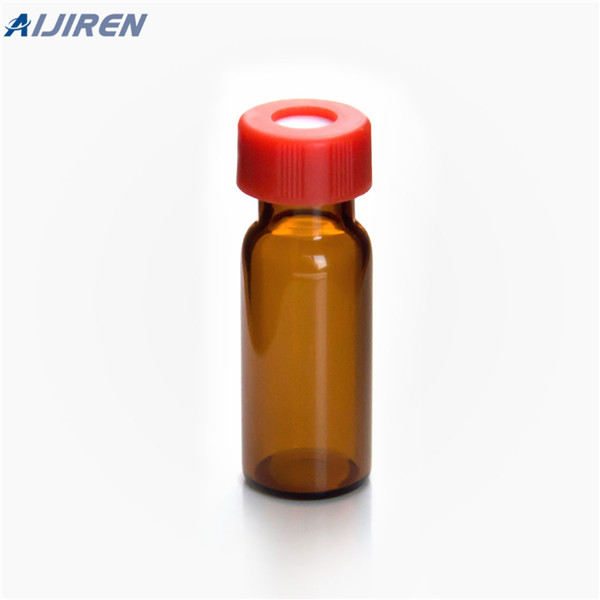
The adaptation of pesticide screening of foodstuffs from multiple GC analyses to a single GC/MS analysis will allow faster analysis of a wide range of pesticide classes. The Clarus GC/MS provides a robust and efficient platform to perform this analysis. Its novel oven design and best-in-class cooling reduce the injection-to-